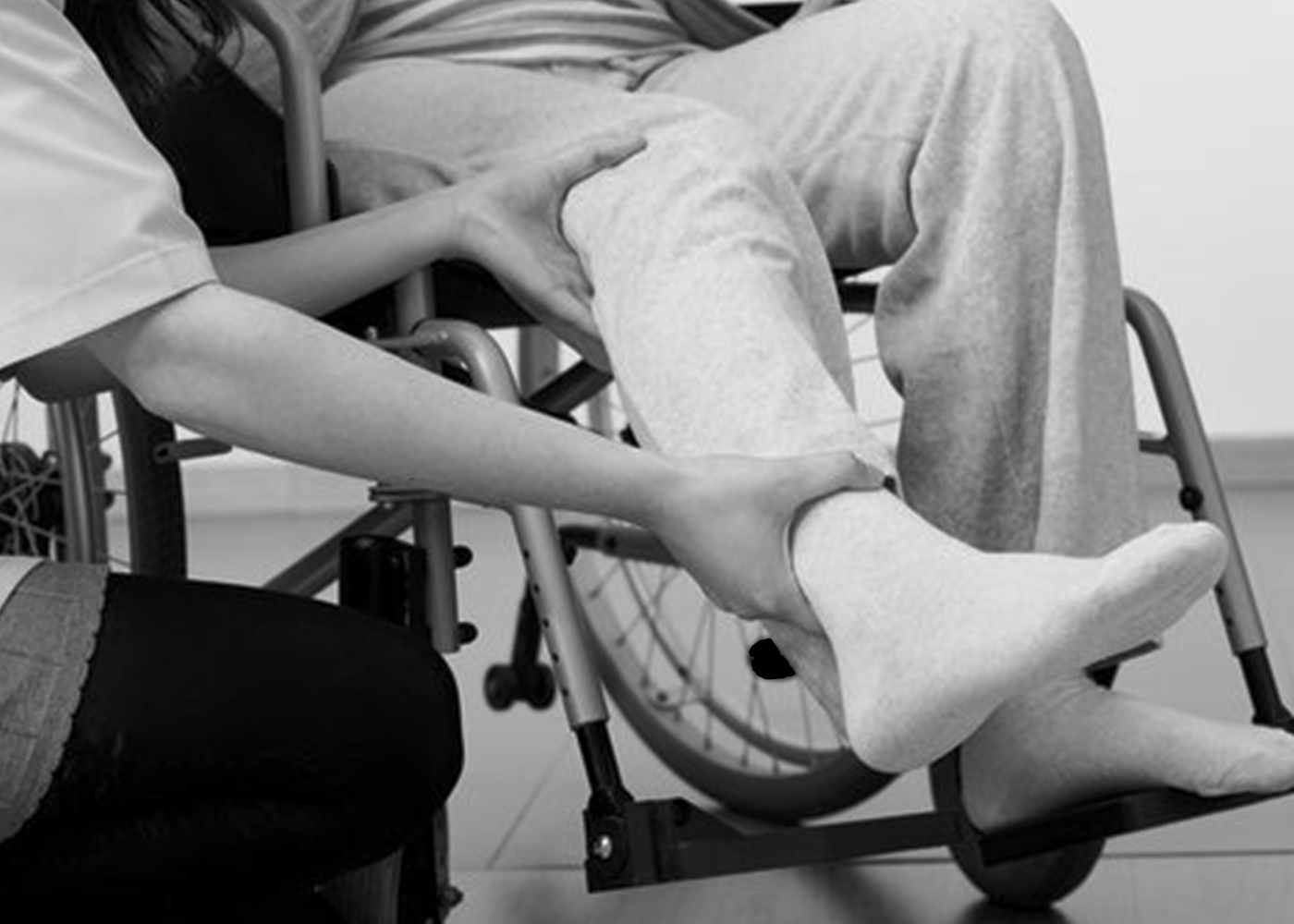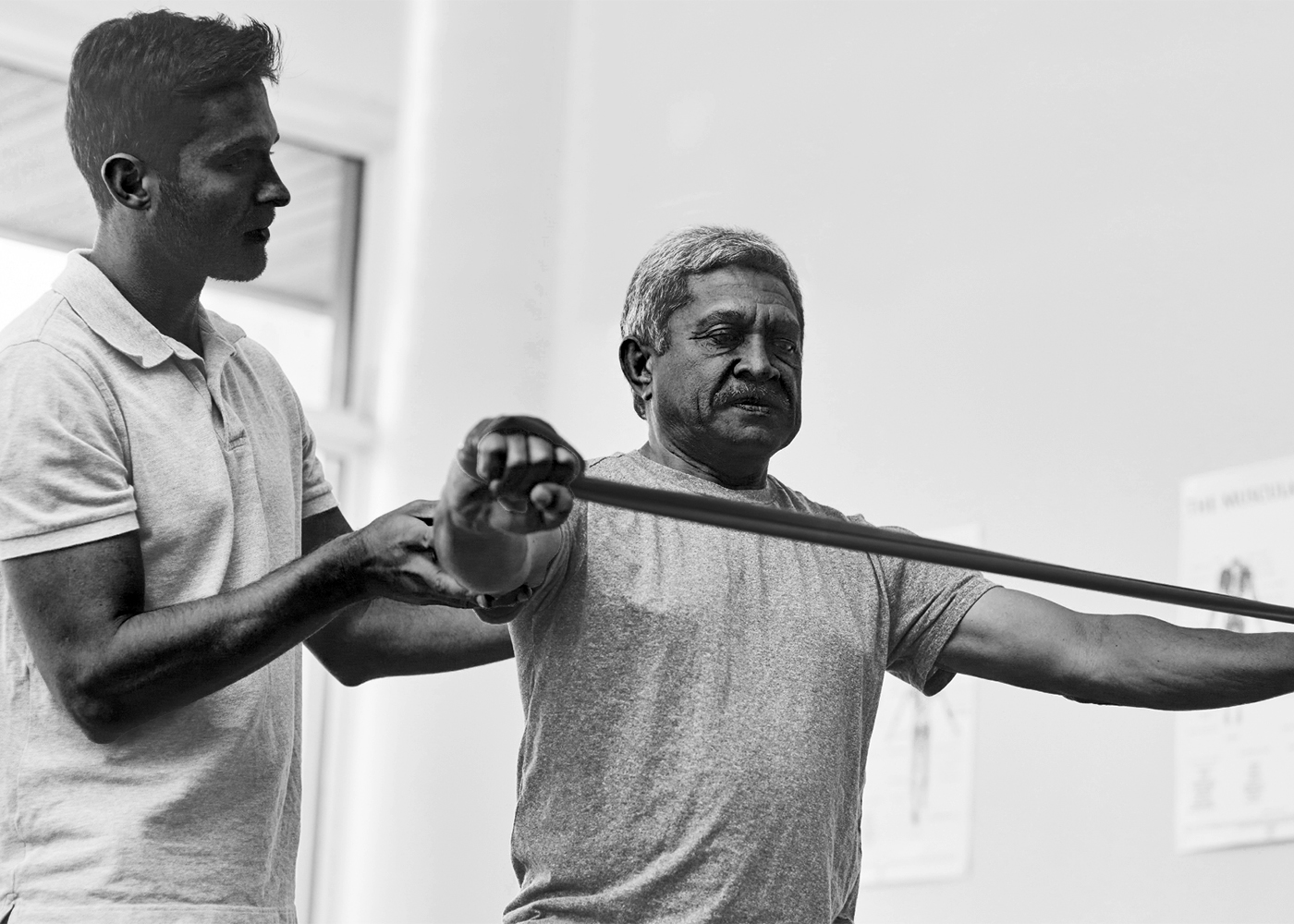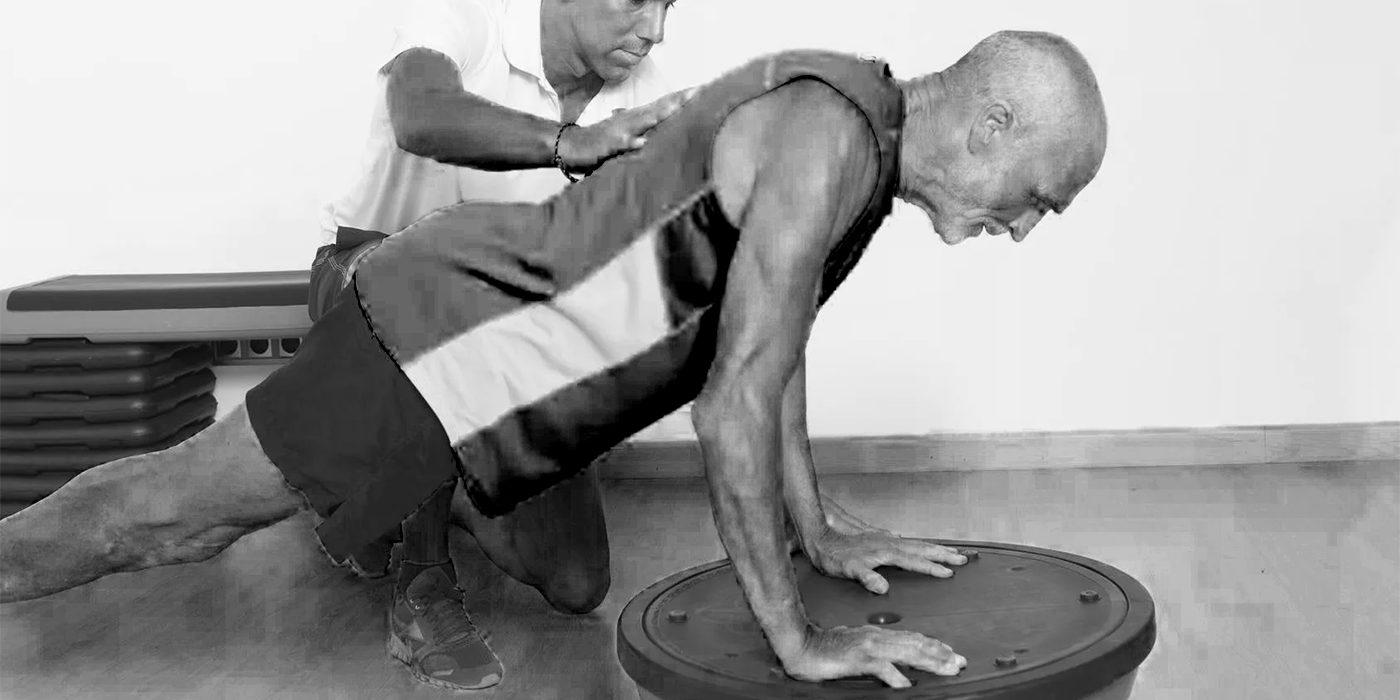What Is Geriatric Physical Therapy?
Geriatric physical therapy is a form of physical therapy specifically geared toward older adults and their unique issues and challenges. Geriatric physical therapy takes into account that older adults tend to become less active over time, experience a decrease in muscle strength, coordination, and reaction timing, and have a lower tolerance for physical activity.
Geriatric physical therapy is different from other types of physical therapy because it focuses more on building strength and endurance in older adults to help in the following ways:
- Keeping active
- Preventing deconditioning (reversal of previous conditioning)
- Preventing muscle atrophy (the wasting away of muscles)
- Decreasing the risk of falls and related injuries
- Maintaining independence in performing daily activities
How does geriatric physical therapy help older adults?
Geriatric physical therapy helps older adults regain the muscle strength, balance, and coordination needed to improve their ability to walk, their overall mobility and level of functioning, and their independence so they can perform everyday tasks.
What exercises are good for older adults?
Good exercises for older adults help provide strength, stability, balance, and power to complete everyday movements such as getting up from a chair, going up and down stairs, and walking. Specific muscle groups that may be targeted include the quadriceps and glutes. These are activated through a variety of exercises, including standing up and sitting down in a chair, step-ups, bridges, clamshells, leg lifts, and balance exercises
What exercises should older adults avoid?
To avoid injury, older adults should not participate in strenuous exercises that involve heavy lifting and high impact. Exercises should be performed slowly and with good control. Also, they should be completed using only body weight or with light resistance to encourage proper joint movement and muscle activation without putting stress on muscles, tendons, or joints.


What activities strengthen muscles?
To get health benefits from strength exercises, you should do them to the point where you need a short rest before repeating the activity.
There are many ways you can strengthen your muscles, whether you’re at home or in a gym.
Examples of muscle-strengthening activities include:
- carrying heavy shopping bags
- yoga
- pilates
- tai chi
- lifting weights
- working with resistance bands
- doing exercises that use your own body weight, such as push-ups and sit-ups
- heavy gardening, such as digging and shovelling
Try exercise routines, including:
- strength and flexibility exercises
- sitting exercises
- strength exercises
- flexibility exercises
- balance exercises
You can do activities that strengthen your muscles on the same or different days as your aerobic activity – whatever’s best for you.
Muscle-strengthening exercises are not always an aerobic activity, so you’ll need to do them in addition to your 150 minutes of aerobic activity.
